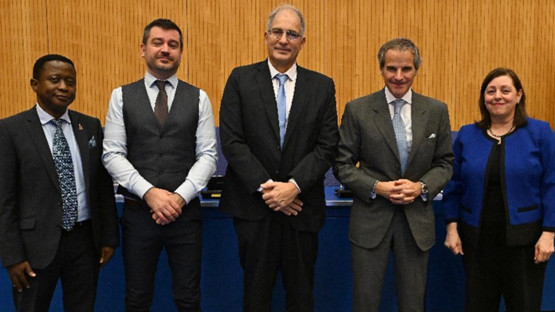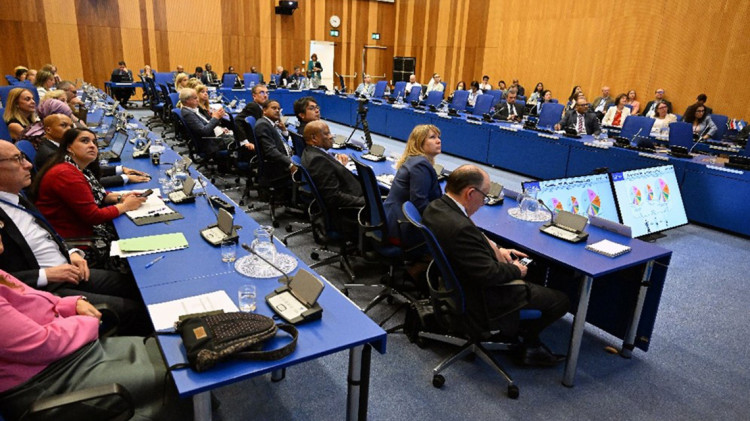Three medical institutes – including the first-ever from Latin America – have joined the IAEA’s flagship cancer initiative as Rays of Hope Anchor Centres, bringing the current total to nine such centres around the globe. As knowledge and capacity building hubs for their respective regions, the Comisión Nacional de Energía Atómica (CNEA) in Argentina, the lnstitute of Oncology Ljubljana in Slovenia and the Nuclear Medicine Research Infrastructure (NuMeRI) facility at Steve Biko Academic Hospital in South Africa will help to advance the goal of cancer care for all by strengthening the radiation medicine capacities of their neighbouring countries.
Anchor Centres are cancer institutes with a demonstrated record of working with the IAEA; possessing deep technical expertise; long term commitment; and robust governance and medical infrastructure, among other criteria. They are central to the IAEA’s Rays of Hope initiative, aimed at expanding access to cancer care to countries where it is needed most. These centres provide targeted support to neighbouring countries in key areas such as research, education, training, innovation and quality assurance.
During a ceremony held at IAEA headquarters in Vienna on 6 June, representatives signed agreements designating their respective cancer facilities as Anchor Centres for the next four years. IAEA Director General Rafael Mariano Grossi said: “These centres will enhance cancer care and innovation, bringing life-saving treatments to more communities."








